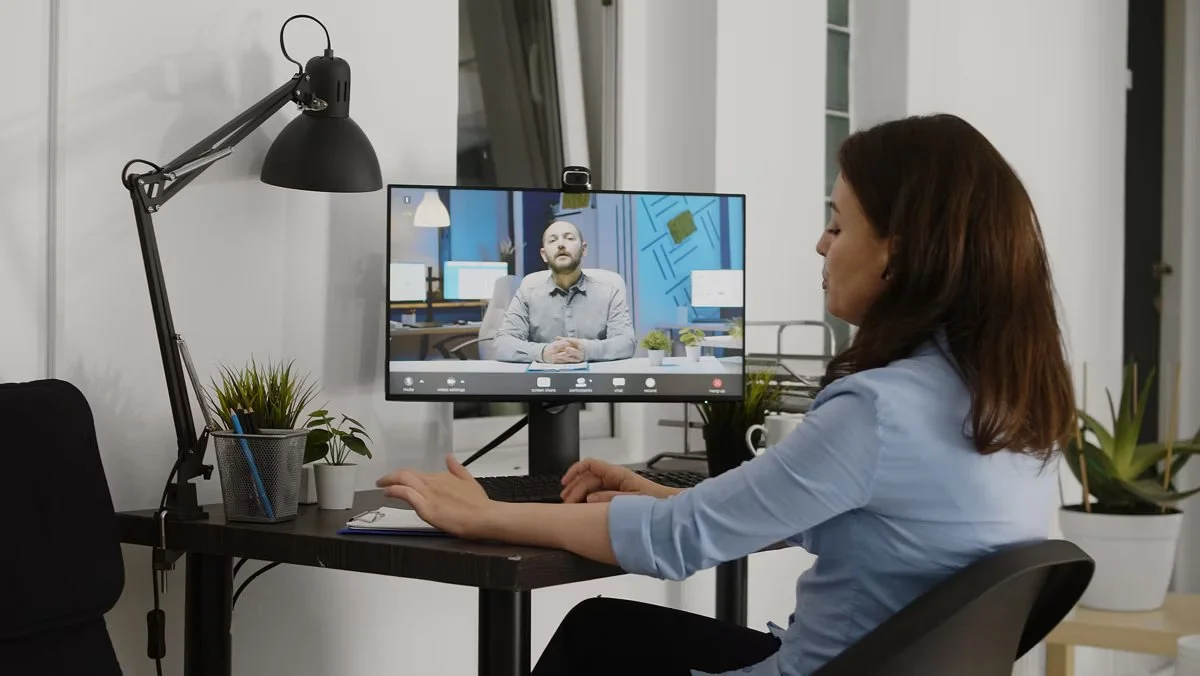Deepfakes & Dating Profiles: What Employers Should Know
In the digital era, truth is no longer easy to verify. Deepfakes—AI-generated synthetic media that manipulate video, audio, and images—are advancing rapidly. Originally designed for entertainment and experimentation, these tools are now appearing in more personal and unexpected places. One such space? Dating profiles.
While dating apps were once private corners of the internet, they’re becoming relevant in professional settings too. As social and professional lives blur, what someone shares—or fakes—on dating platforms can ripple into their workplace. For employers, this shift raises important questions about privacy, reputation, and digital ethics.
The Rise of Deepfakes in Personal Media
At first, deepfakes were mainly confined to face-swapping celebrity clips or humorous voice overlays. But in 2025, the technology has become more accessible. With a few taps, anyone can create a convincing video or photo that appears completely real.
These tools are now showing up in online dating, where visual presentation plays a huge role. Some users enhance their appearance subtly—smoothing skin or altering lighting. Others go further, swapping facial features or constructing entirely fabricated personas.
The motivation ranges from playful experimentation to deception. But the consequences can extend well beyond the dating app.
Why Employers Should Pay Attention
Most people think of dating profiles as private. However, with screenshots, reverse image searches and public interactions, content shared in one space can easily leak into another. Employers may discover that an employee's image or voice is being misused—or that they’ve engaged in misleading behavior themselves.
While companies shouldn’t be monitoring personal lives without cause, some scenarios make scrutiny unavoidable:
When deepfakes are used to impersonate others, creating reputational or legal risk
When fake profiles lead to harassment or misconduct involving clients or coworkers
When personal content undermines professional credibility, especially in public-facing roles
In these cases, the lines between personal expression and professional integrity begin to blur.
How Dating Deepfakes Can Impact the Workplace
The potential workplace impact isn’t just theoretical. Consider the following scenarios:
1. Reputational Harm
An executive’s face appears on a fabricated dating profile used for scams. Though they’re not involved, the resemblance is enough to cause confusion and suspicion. It circulates quickly, damaging the company’s public trust.
2. Internal Conflict
A team member discovers a colleague using AI-enhanced images on a dating app. The altered identity leads to awkward encounters or breaches of trust, affecting teamwork and communication.
3. Harassment Claims
Someone uses deepfake technology to create a flirtatious or explicit profile resembling a coworker. If others believe it’s real—or share it—it may lead to a toxic work environment or even legal action.
These examples highlight a growing challenge: authenticity and identity in the age of AI.
Privacy vs. Accountability
Employers walk a delicate line. On one hand, individuals have the right to curate personal profiles, experiment with technology, and pursue relationships freely. On the other hand, businesses are responsible for fostering safe, respectful, and professional environments.
The key is not surveillance—but awareness.
HR departments and legal teams need to understand how these tools are being used and misused. That includes knowing the signs of synthetic media, updating workplace conduct policies, and helping employees navigate digital ethics.
In short, organizations must evolve their understanding of professionalism to include how employees represent themselves online—even outside the office.
Educating Employees About Deepfake Risks
Rather than policing behavior, companies can focus on education. Many people using AI-enhanced images don’t realize the potential consequences.
Training should cover:
What deepfakes are and how they work
Risks of using manipulated images in public or semi-public spaces
How personal digital actions may impact team dynamics or public perception
Best practices for securing personal media against misuse
By raising awareness, employers empower staff to make informed choices without overreaching into private territory.
Updating Social Media Policies for the AI Era
Most companies already have social media guidelines. But few have updated them to reflect synthetic content and emerging platforms.
New policies should address:
The use of AI-generated content representing the company, coworkers, or public figures
Clarification of what constitutes impersonation or misrepresentation
Steps to take if someone’s likeness is used without permission
Encouragement to report deepfake-related incidents affecting the workplace
Importantly, these policies should be framed with respect and balance. The goal isn’t to control—but to protect.
Legal and Ethical Considerations
In some regions, laws around deepfakes are catching up. Creating or sharing synthetic media that harms someone’s reputation, violates consent, or spreads misinformation can carry legal consequences.
For employers, this means two things:
Legal liability—If an employee creates or spreads deepfakes using company resources or during work hours, the company may be implicated.
Duty to investigate—If someone reports misuse or impersonation, the employer must respond appropriately to maintain a safe and respectful work environment.
As regulation evolves, companies should stay informed about changes that affect both corporate and personal use of synthetic media.
Staying Ahead: A Cultural Approach
Technology will always outpace policy. That’s why culture matters more than ever. Companies that build a culture of digital responsibility will be better prepared for whatever comes next.
This includes:
Encouraging transparency in online interactions
Promoting respectful digital communication
Offering resources for employees facing impersonation or harassment
Modeling ethical use of AI in both marketing and internal communication
By treating AI not as a threat but as a shared responsibility, organizations can foster innovation while maintaining integrity.
Final Thoughts
Deepfakes and dating profiles may seem far removed from office life—but in 2025, those boundaries no longer hold. As AI blurs the lines between real and synthetic, employers must adapt.
That doesn’t mean monitoring private lives. It means understanding how digital behavior, even outside the workplace, can have professional ripple effects. It means protecting employees from misuse while helping them make wise choices about their own digital footprints.
In the end, it comes down to one central idea: trust is still essential—even in a world where what we see can’t always be believed.
